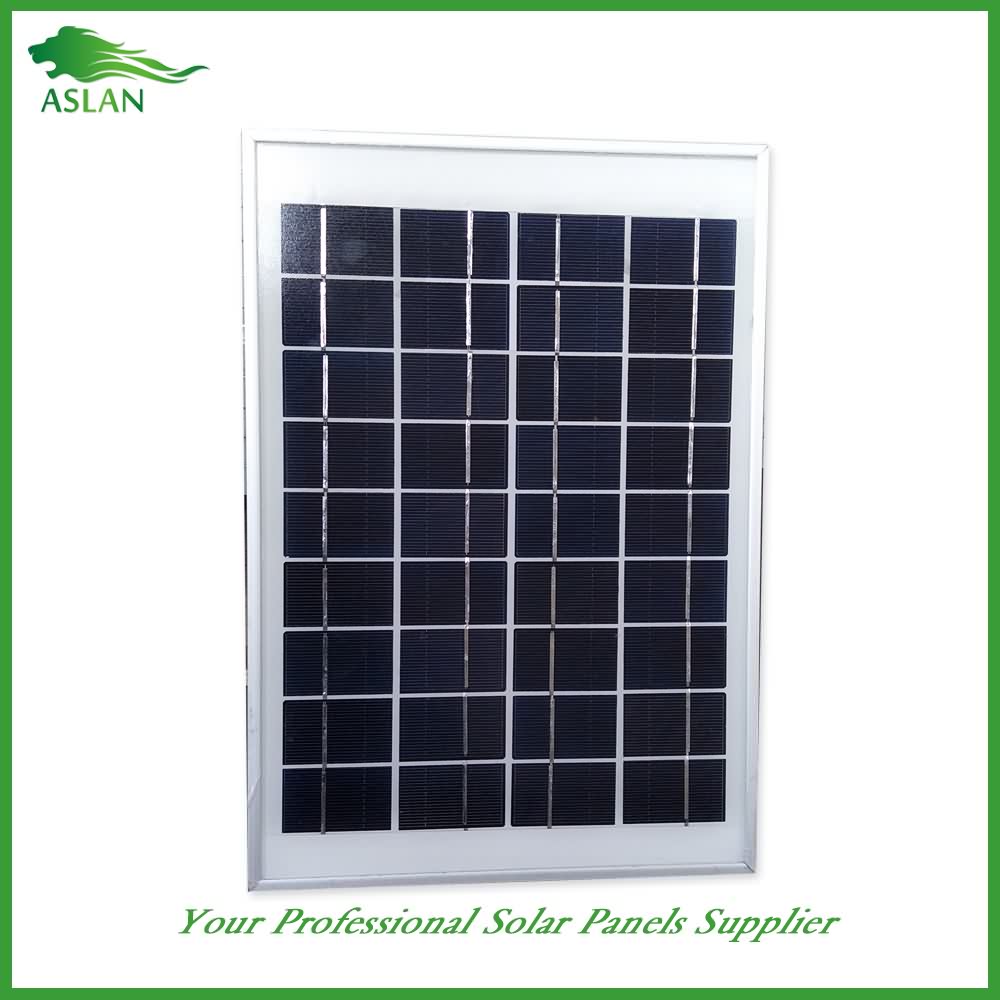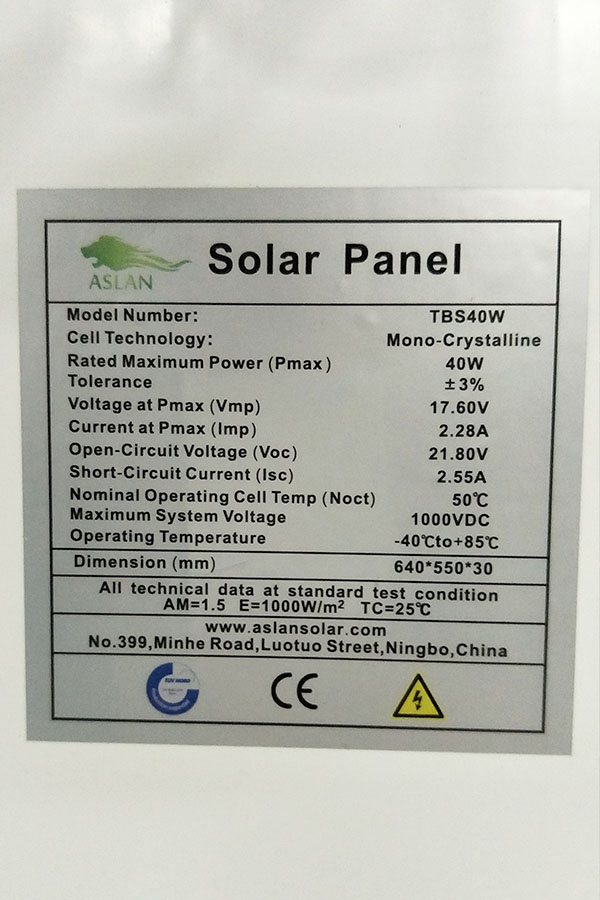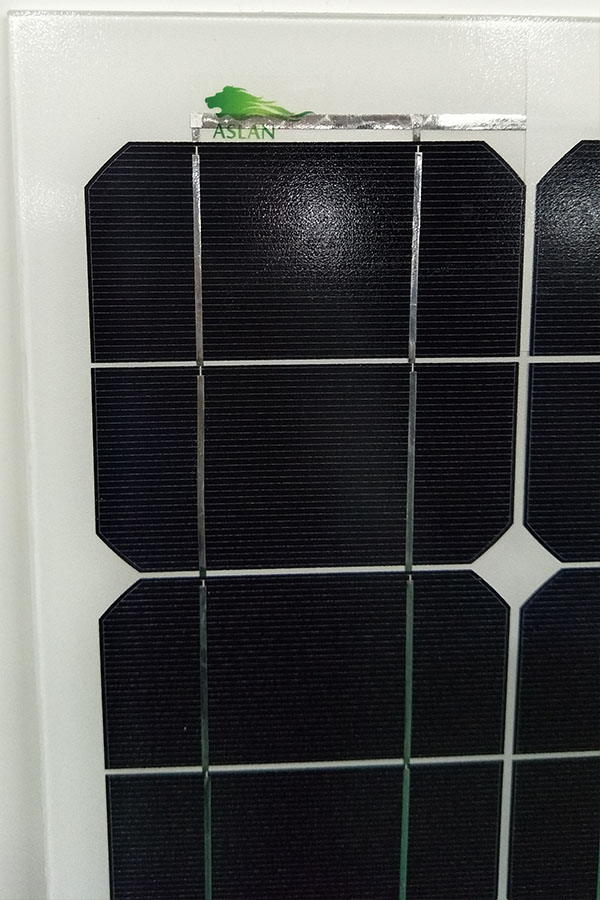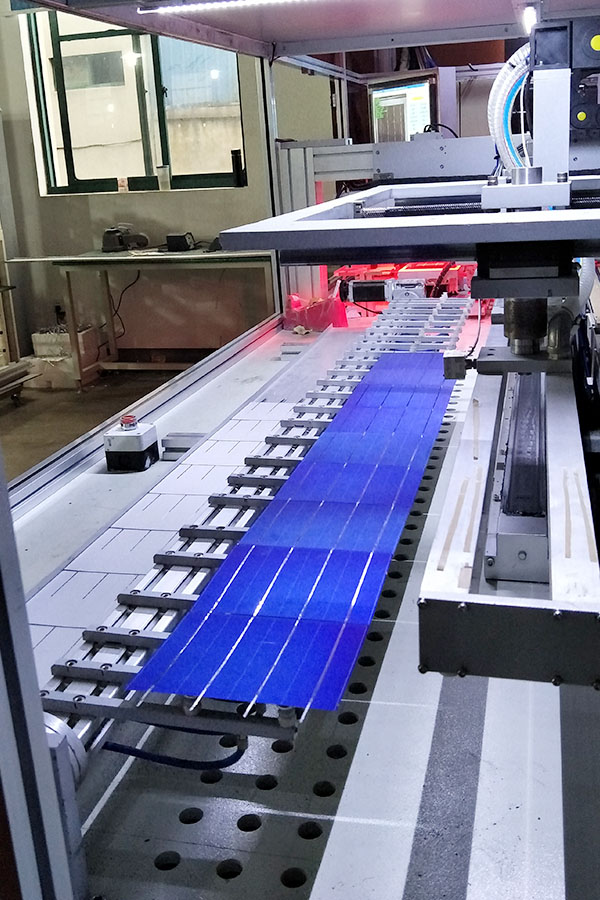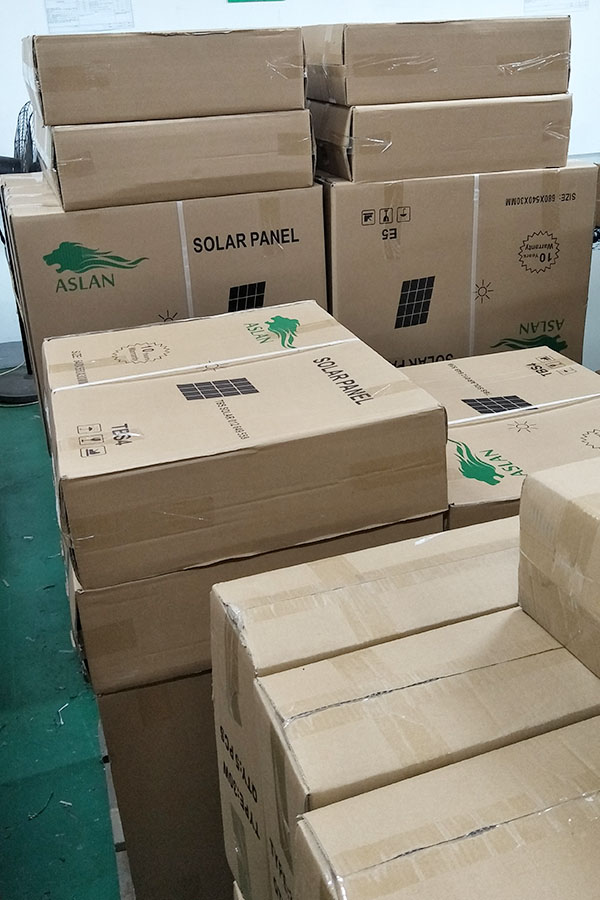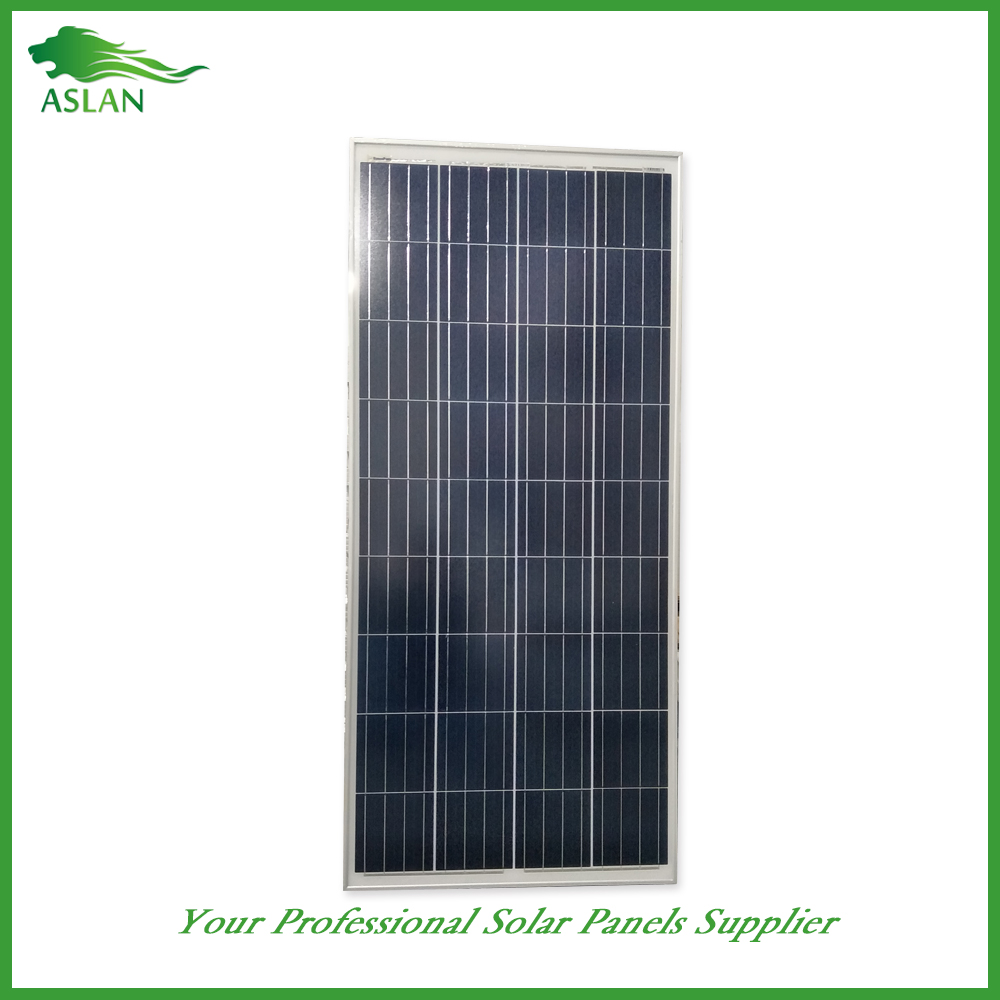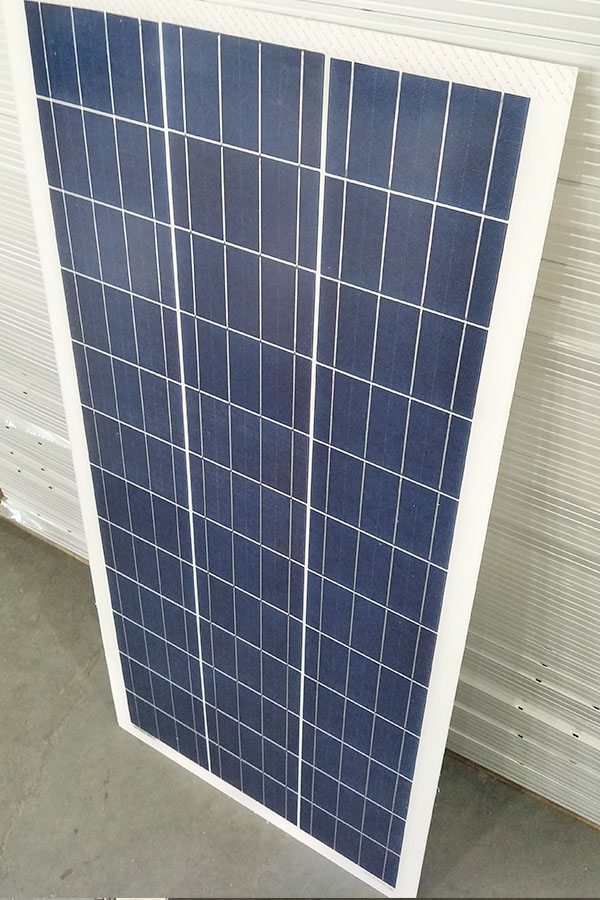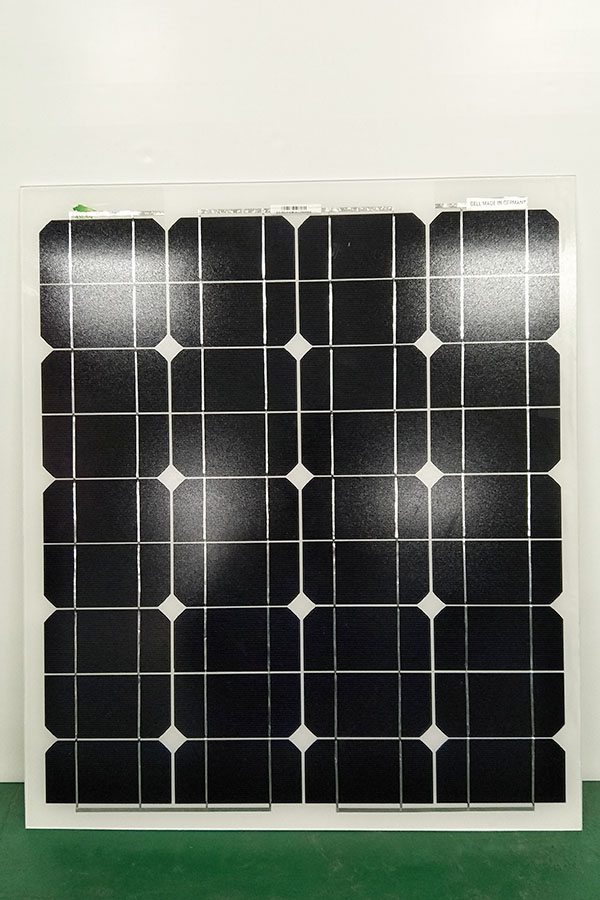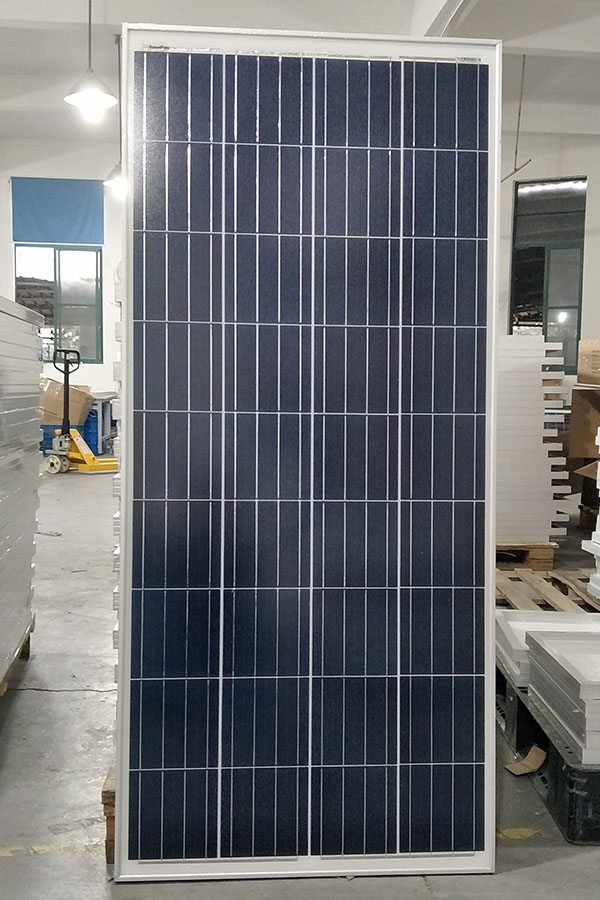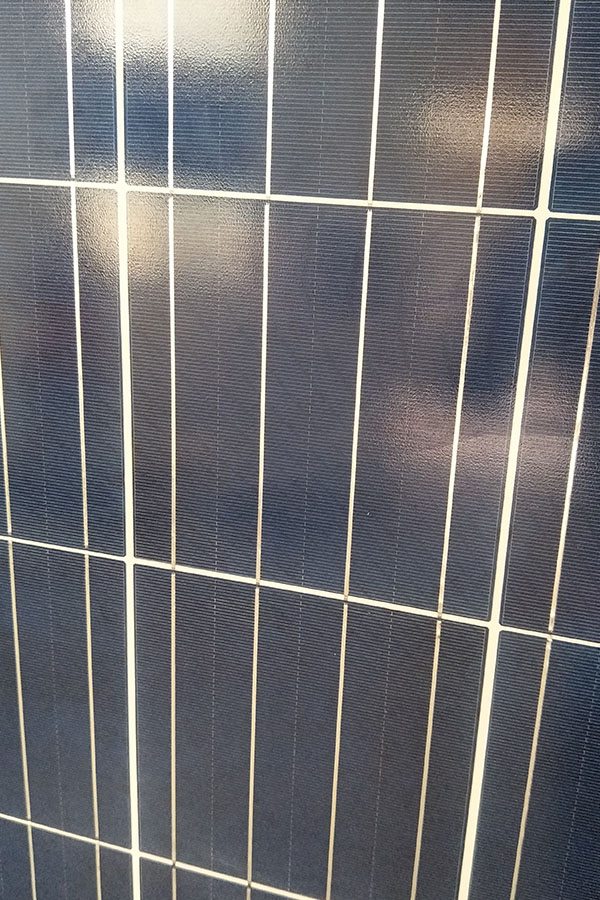15 Years Manufacturer Poly-crystalline Solar Panel 5W for Southampton Factory
Short Description:
We strive for excellence, service the customers", hopes to become the best cooperation team and dominator enterprise for personnel, suppliers and customers, realizes value share and continuous promotion for 15 Years Manufacturer Poly-crystalline Solar Panel 5W for Southampton Factory, We welcome new and old customers from all walks of life to contact us for future business relationships and achieving mutual success!
Poly-crystalline Solar Panel 5W
Technical parameter
Maximum Power(W) 5W
Optimum Power Voltage(Vmp) 9V
Optimum Operating Current(Imp) 0.56A
Open Circuit Voltage(Voc) 10.8V
Short Circuit Current(Isc) 0.62A
Mechanical Characteristics
Cell Type Polycrystalline
No of Cell 18 (3x6pcs)
Dimensions 175x270x18mm
Weight 0.65KGS
Front Glass 3.2mm,High Transmission, Low Iron,Tempered Glass
Temperature and Coefficients
Operating Temperature(°C): -40°C ~ + 85°C
Maximum System Voltage: 600V(UL)/1000V(IEC) DC
Maximum Rated Current Series: 10A
Temperature Coefficients of Pmax: -0.435%
Temperature Coefficients of Voc: -0.35%
Temperature Coefficients of Isc: 0.043%
Nominal Operationg Cell Temperature (NOCT): 47+/-2°C
Materials of solar panel
1).Solar Cell——Polycrystalline solar cell 156*156mm
2).Front Glass——-3.2mm, high transmission, low iron, tempered glass
3).EVA——-excellent anti-aging EVA
4).TPT——-TPT hot seal made of flame resistance
5).Frame——anodized aluminum profile
6).Junction Box——-IP65 rated, high quality, with diode protection
Superiority: high quality anodized aluminum frame, high efficiency long life, easy installation, strong wind resistance, strong hail resistance.
Features
1. High cell efficiency with quality silicon materials for long term output stability
2. Strictly quality control ensure the stability and reliability, totally 23 QC procedures
3. High transmittance low iron tempered glass with enhanced stiffness and impact resistance
4. Both Poly-crystalline and Mono-crystalline
5. Excellent performance in harsh weather
6. Outstanding electrical performance under high temperature and low irradiance
Quality assurance testing
Thermal cycling test
Thermal shock test
Thermal/Freezing and high humidity cycling test
Electrical isolation test
Hail impact test
Mechanical, wind and twist loading test
Salt mist test
Light and water-exposure test
Moist carbon dioxide/sulphur dioxide
not a safe place for a cat nap
BINGHAMTON, NEW YORK — Researchers at Binghamton University have come up with an interesting way to harness energy, using a resource we have far too much of — bacteria.
Science Daily reports that to harness power from bacteria, scientists arranged nine bio-solar cells in a 3-by-3 pattern to form a scalable and stackable panel.
The cells use cyanobacteria, which can be found in aquatic and terrestrial habitats, as a source of clean and sustainable energy.
In the daytime, light energy absorbed by the panel causes oxygen and electrons to be released through photosynthetic reactions. When conditions are darker and no sunlight is available, the bacteria’s respiratory activities produce electrons.
5.59 microwatts were generated in 12-hour day to night cycles over a total of 60 hours.
Solar panels using a 6-by-10 configuration produce about 200 watts at a given moment. The bio-solar cells, in the same pattern, will only generate 0.00003726 watts.
The technology is not the most efficient, but with further development, it has the potential to be a more reliable energy source. Once the panel becomes functional, it could power small, wireless systems in remote areas where frequent battery changes are impractical.
The findings were reported in the paper “Biopower generation in a microfluidic bio-solar panel” which was published in the journal Sensors and Actuators B: Chemical.
—————————————-———————
Welcome to TomoNews, where we animate the most entertaining news on the internets. Come here for an animated look at viral headlines, US news, celebrity gossip, salacious scandals, dumb criminals and much more! Subscribe now for daily news animations that will knock your socks off.
Visit our official website for all the latest, uncensored videos: http://us.tomonews.com
Check out our Android app: http://bit.ly/1rddhCj
Check out our iOS app: http://bit.ly/1gO3z1f
Get top stories delivered to your inbox everyday: http://bit.ly/tomo-newsletter
Stay connected with us here:
Facebook http://www.facebook.com/TomoNewsUS
Twitter @tomonewsus http://www.twitter.com/TomoNewsUS
Google+ http://plus.google.com/+TomoNewsUS/
Instagram @tomonewsus http://instagram.com/tomonewsus
